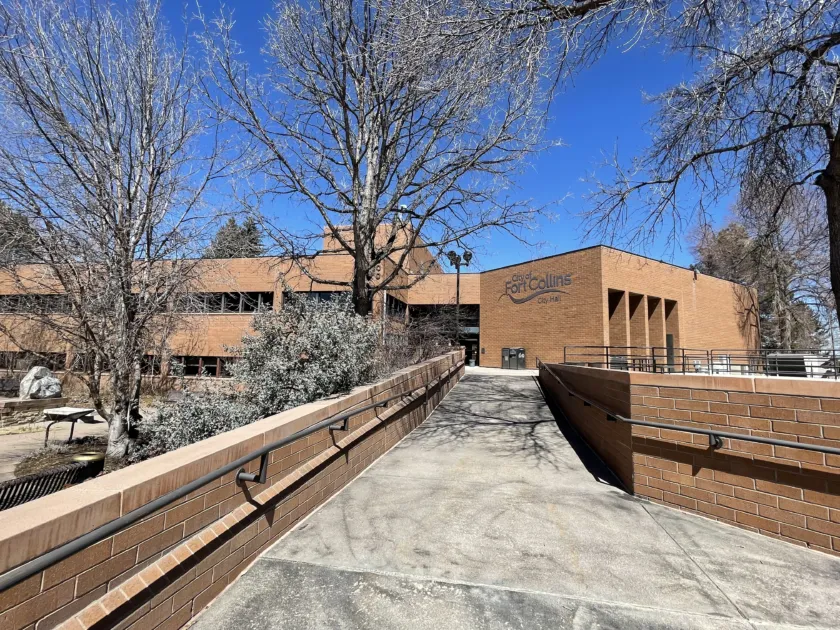Third try for revised Fort Collins land-use code may stick

The stripped-down Fort Collins land-use code would still add density and encourage more diverse, attainable and affordable housing choices.
THIS ARTICLE IS FOR SUBSCRIBERS ONLY
Continue reading for less than $3 per week!
Get a month of award-winning local business news, trends and insights
Access award-winning content today!
Already have a paid subscription?
Sign in with GoogleSign in with Google



